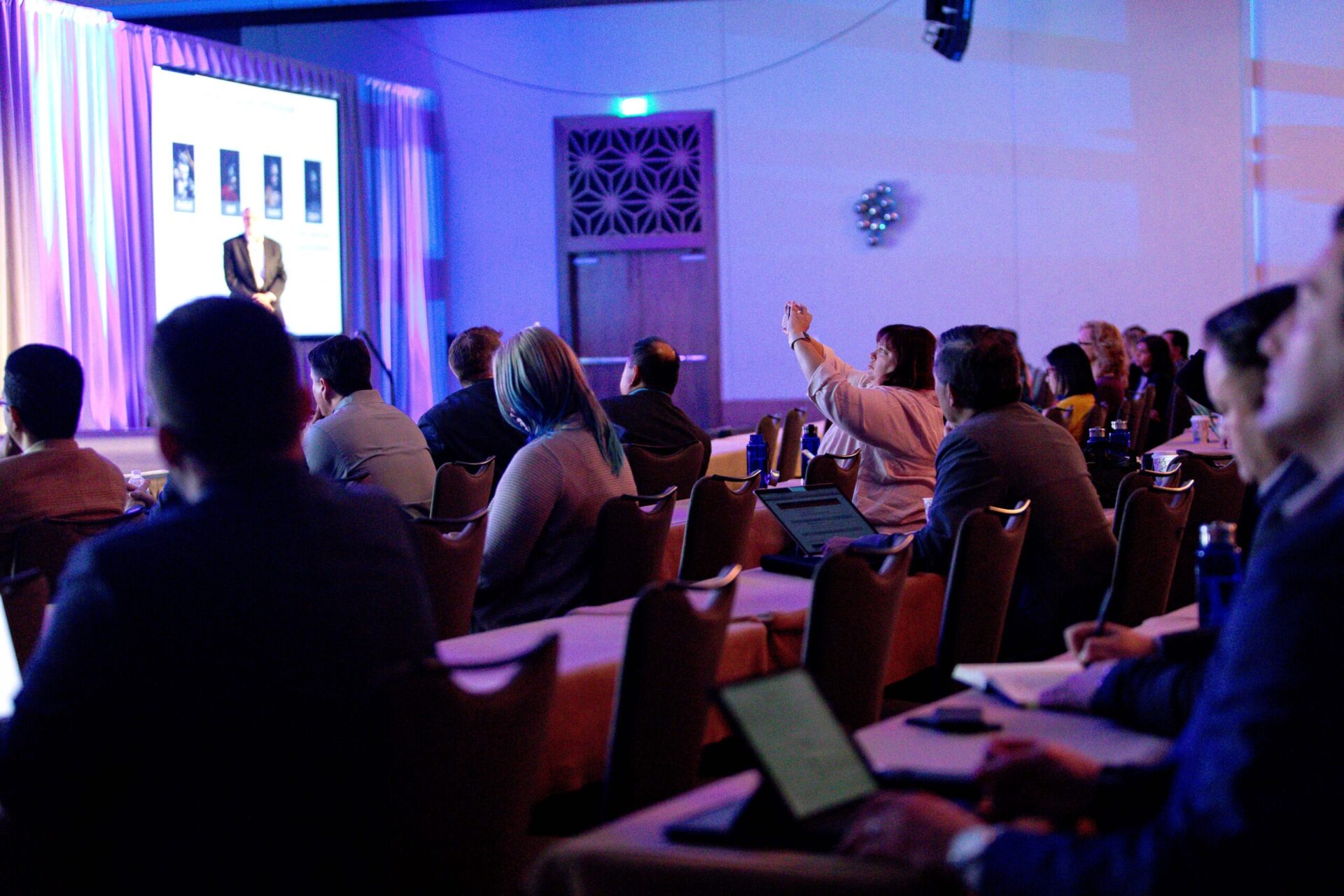Three Big Ideas From SiriusDecisions TechX 2017
- SiriusDecisions’ third annual Technology Exchange recently took over Austin
- Attendees learned that to get the most out of technology investments, we must redefine how we think about our requirements
- Capabilities, user experience and dynamic response are key methods for maximizing technological impact
While cruising through the clouds on my flight home from Austin, I took a moment to reflect on what I’d learned at the SiriusDecisions Technology Exchange. The past few days, I had listened to many SiriusDecisions analysts, clients and vendor partners speak on a variety of topics related to the use of technology to drive effective sales and marketing. Here are my three key takeaways, which together create a fresh approach to defining technology requirements.

- Think in terms of capabilities, not technology. We traditionally think of our technology stacks in terms of the technology category or tool (e.g. learning management systems, webinar hosting tools). A welcome change that reaps benefits is shifting our thinking to capabilities. Some capabilities to consider include personalization, dynamic asset promotion and customer engagement tracking. To be fair, most technologies are made up of capabilities, but these often get masked inside features or marketing terms that diminish clarity of purpose. To clearly understand your technology needs, you must determine what capabilities you need. Doing so has some interesting positive side effects: You quickly see overlapping tools, you’re less likely to follow the shiny object and – most importantly – you can stay rooted in the language of your business. One of the key ways to determine necessary capabilities is to define the experience you want to deliver.
- Define the user experience you want to deliver. Selecting technology on the basis of features fails to get to the heart of technology’s purpose – which is to facilitate an outcome and automate a journey. Thinking about capabilities often starts with thinking about the user experience. I’m using the term user in the broadest terms possible – this could be a prospect on a Web site, a sales rep in a sales force automation system or a manager looking at reports. User experience includes the sights and sounds of the environment, but also the feelings that environment evokes and, critically, the result that is accomplished through use of the environment. User experience is not tied to a system, but the environment created by the system or systems (when integrated). What capabilities are required to drive the desired experience and outcome? What capabilities already exist? What can be leveraged? What gamification techniques can be added to create user urgency, accuracy and motivation?
- Business impact requires artificial intelligence (AI) to drive dynamic response and personalization. Creating effective experiences requires optimizing the user’s actions and abilities. To optimize the experiences, the automated journey must include the aggregation of information about the user that can then be used to drive a personalized and dynamic response. Some examples I heard over the course of TechX include delivering a unique case study to a prospect who has already reviewed several articles on a Web site about a solution, delivering a unique training module based on the industry and product defined in the opportunity record to a sales rep about to make a sales call, and prompting a manager to dig into an opportunity record whose forecast probability is not aligned with customer engagement levels.
A few years ago, we would not have been able to define or prescribe a “user-driven” journey beyond the limits of a particular technology. Now, technology integration, data aggregation and AI are changing the possibilities for how we create the user journey – but it requires a fresh view.
